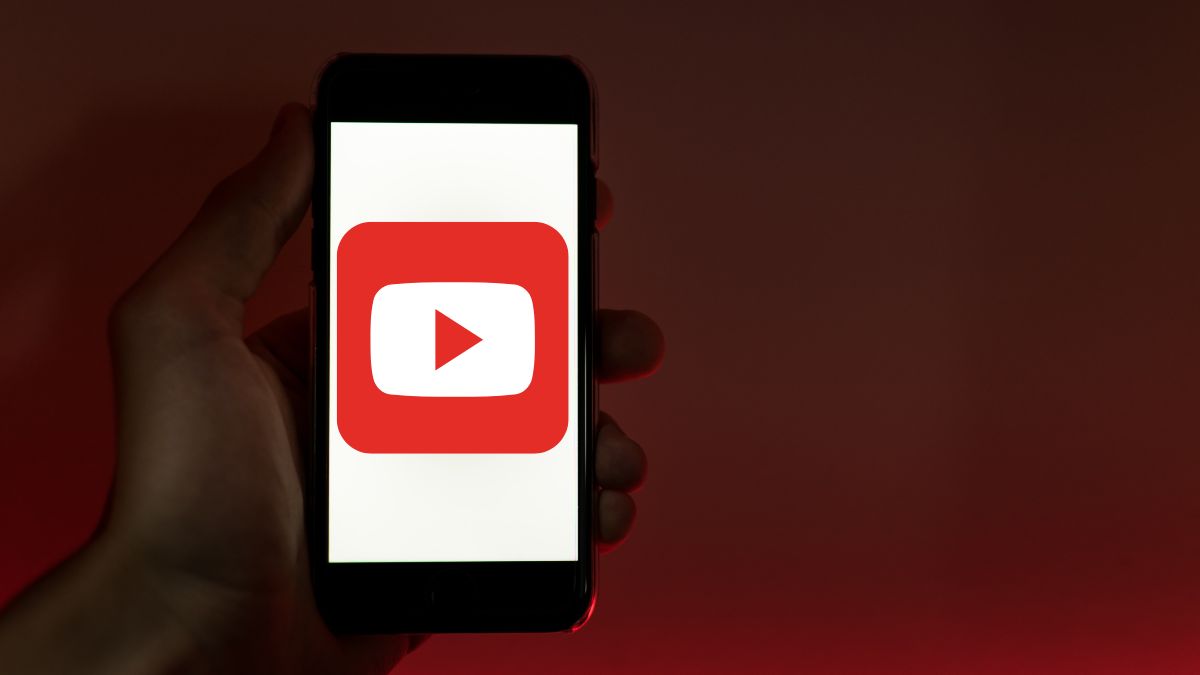
Starting July 15, 2025, YouTube will implement a new set of rules in its monetization policies within the YouTube Partner Program (YPP), focused on eliminating repetitive, automated, and low-value content. The platform notes that the measure aims to protect authentic creators and raise the overall quality of content.
READ ALSO. What is Trinity, the new Netflix series, about? Release date, cast, and everything you need to know
What changes is YouTube making to its monetization policies?
According to the official announcement, YouTube will update its monetization policies on July 15, 2025, specifically to address two types of content considered “inauthentic”:
- Mass-produced content: Videos created in bulk with minimal human input, such as automated presentations with synthetic voices and no personalized narrative.
- Repetitive content: Videos that reuse formats, scripts, or styles without offering distinctive value, such as reaction mashups, remixes of existing content, or compilations with minimal editing.
This type of content, while it may have previously met technical requirements, will now be demonetized for lacking originality and real value for viewers.
What type of content will be demonetized starting July 15?
All videos that fall into the following categories will be excluded from monetization:
- Reuse third-party material without significant transformation.
- Use auto-generated voices or subtitles without adding commentary or original context.
- Publish the same type of video repeatedly without variation or innovation.
- Be superficially edited to appear new (e.g., changing colors, cropping scenes, or applying filters without adding value).
Channels that continue using these practices risk being removed from the YouTube Partner Program.
What content will still be eligible for monetization?
YouTube will reward monetization only to creators producing original and authentic content, including:
- Educational videos with unique explanations, research, or tutorials that teach something new.
- Innovative entertainment content, such as original sketches, short films, vlogs, or creative analysis.
- Narration and editing with the creator’s own voice and style, avoiding exclusive reliance on artificial narrators or automated tools.
The platform clarified that AI is not prohibited, as long as the creator adds meaningful human value through analysis, interpretation, or customization.
How does YouTube monetization work?
YouTube monetization is enabled through the Partner Program, where creators can earn income from ads, channel memberships, Super Chats, and more. To join YPP, a channel must meet some basic requirements:
- Have at least 1,000 subscribers.
- Reach 4,000 public watch hours in the last 12 months, or 10 million valid Shorts views in the past 90 days.
- Comply with original and authentic content policies.
Once these criteria are met, YouTube manually reviews the channel to verify that the content is original and complies with its policies.
Why is YouTube changing its policies now?
The rise of artificial intelligence tools has caused an avalanche of repetitive, faceless, and low-quality content on the platform, aimed solely at generating revenue. Some forums even promote strategies to “monetize without showing your face,” something YouTube is actively trying to discourage.
According to recent data from the Statista 2025 report, over 9.5 million videos were removed from the platform during the last quarter of 2024, many of them due to automated detection of inappropriate or repetitive content.
YouTube is now aiming to clean up its ecosystem from these attempts at automated exploitation, instead promoting a community of genuine creators who contribute educational or entertaining content with an original and creative approach.
How much does YouTube pay per 1000 views?
The average cost per thousand views (CPM) varies widely depending on factors like viewer country, channel topic, and seasonality. In general, CPM can range from $0.50 to $10 USD, although actual creator earnings (RPM) tend to be lower after YouTube takes its share.
The new policy could reduce income for many channels that previously thrived on automated content, as it phases out formats that generated tens of thousands of views with minimal effort.
When does YouTube start monetizing your channel?
Once you meet the minimum requirements (subscribers and watch time), and YouTube reviews and approves your channel, you can begin monetizing. However, starting July 15, the review process will become more rigorous as YouTube will assess whether your content meets the authenticity criteria.
If your channel is deemed repetitive, mass-produced, or inauthentic, you will be rejected from YPP or removed if already enrolled.
This change strengthens the position of human creators over generic AI, and redefines what “valuable content” means on one of the internet’s most influential platforms.
For more information on these YouTube policy changes, click this link










